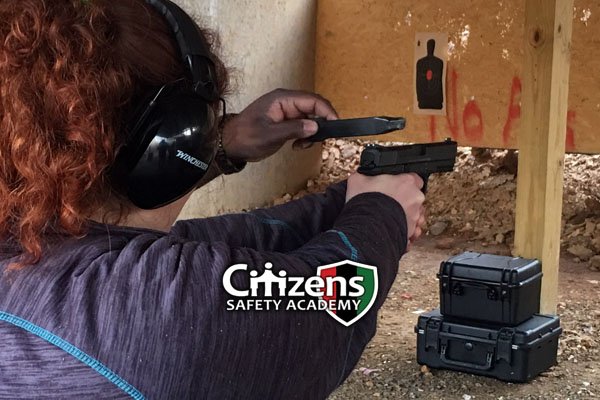This is a special in-service course that picks up where our Fall 2018 Assistant Instructor in-service class left off. This class is primarily reserved for members of the CSA Instructor cadre, but special invitations are available to CSA affiliates and graduates of CSA’s instructor certification classes. If you’d like to request an access code to enroll, please contact us.
How to Be an Effective Assistant Instructor

- This event has passed.
How to Be an Effective Assistant Instructor
June 30, 2019 @ 9:00 am - 1:00 pm
$40.00
Many people enjoy the limelight of being a lead firearms instructor, teaching at the front of a classroom and giving commands on the firing line. Equally important but less often recognized is the role of the assistant instructor. Being an effective assistant trainer requires more than just standing behind a row of shooters or loitering in the back of the classroom. How do you handle a nervous student? Or a student who doesn’t follow directions? Or one who is unsafe, chatty, inattentive, physically compromised, or just plain terrified? What is the assistant instructor’s role, and how is it different from the lead instructor, or the range safety officer, or the one-on-one coach? In this class, we’ll explore some useful tips, skills, and best practices that elevate the A.I. from just another person on the range to an indispensable part of the training team.
No ammunition is required for this class. All drills and exercises will be conducted in the classroom, with dummy ammunition or blue guns used to simulate range instruction. In our last offering of this class, we focused on classroom management, range preparation and set-up, and general safety enforcement. In this second iteration, we’ll reinforce some of those lessons and move on to firing line management and and practical exercises. For a more in-depth explanation of the topics covered in CSA’s AI curriculum, please see our AI Training page.
We look forward to seeing you in class! If you need an access code to register, please contact us. If you have any trouble with the embedded registration form below, you can also register directly on our Eventbrite page (click here). Thanks!
